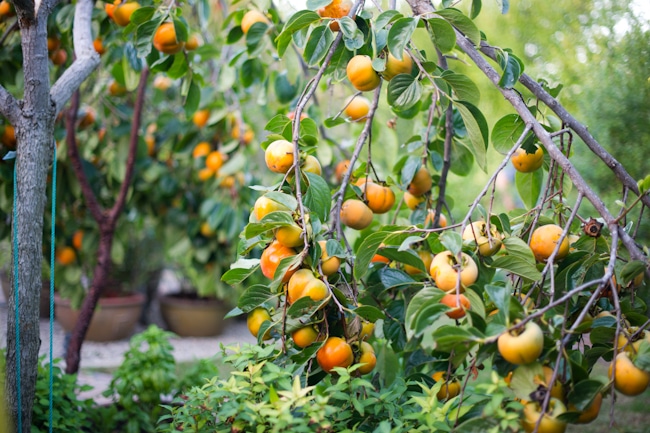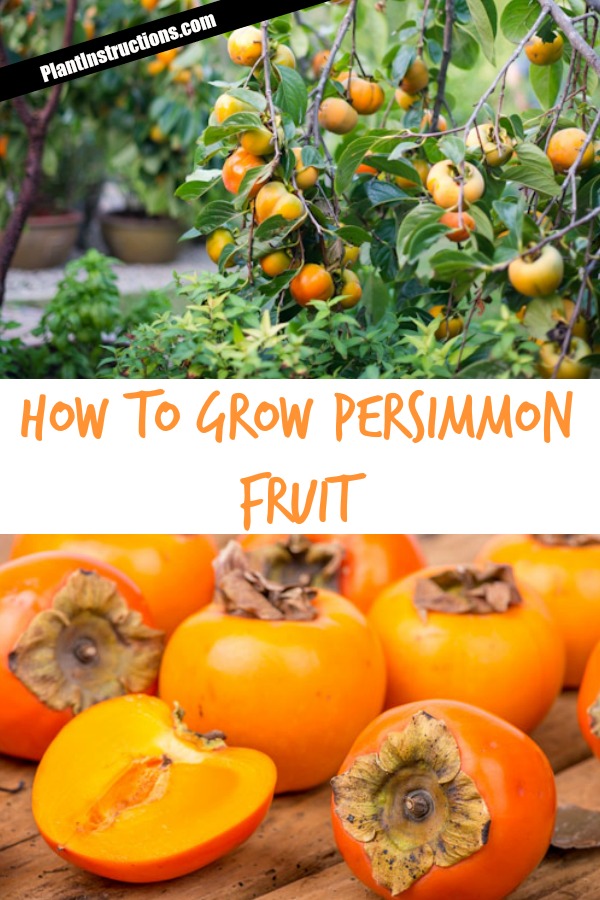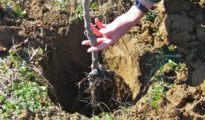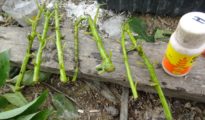Persimmon fruits are a great alternative to traditional fruit because they're a very attractive tree and make some delicious fruit! Native Americans prized this fruit tree because the fruits would stay on the tree during the winter, therefore they were self-preserving. Similar in taste to an apricot, persimmons are sweet, and their bark is highly resistant and used to make gold club heads, flooring, veneers, and billiard cues. Who knew?! Want to learn how to grow persimmon fruit? Keep reading to learn how to grow, care for, and harvest persimmon!
How to Grow Persimmon

Persimmon is native from Florida to Connecticut, Iowa, and Texas, and can be grown in USDA Zones 4 through 9. This variety of persimmon, also known as American persimmon, can withstand temperatures as low as -25F (-32C).
Growing Persimmon Fruit:

- Persimmon can be grown from seeds, cuttings, suckers, or grafts.
- Young trees can be transplanted from an orchard, but the best quality persimmon fruits come from grafted or budded trees.
- If you're growing the American persimmon, you'll need both male and female trees, while if you grow the Asian persimmon, you'll only need one tree and less space. Although keep in mind that the Asian variety can only withstand temperatures as low as 0C.
- The best soil will have a pH of 6.5-7.5.
- Choose a sunny location with well draining soil.
- Dig a deep hole because persimmon trees have large roots.
- Mix 8 inches of soil and loam in the bottom of the planting hole and then fill the hole with loam and native soil.
Care:
- Water young trees until they're well established.
- After that, keep them watered if there is no rain.
- Do not fertilize unless it appears the tree isn't thriving.
- Very little to no pruning is usually require for persimmon trees.
So now that you know how to grow persimmon fruit, roll up your sleeves and get to planting!
Like this post? Share and Pin 🙂



















